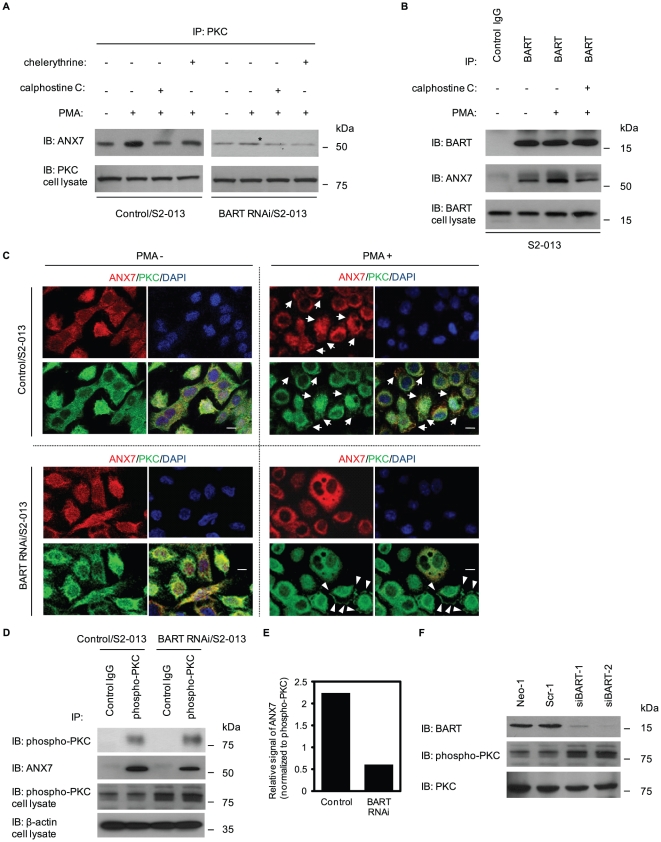Figure 5. Effect of BART on regulating PKC activity through ANX7.
A. Immunoprecipitation of PKC from control and BART RNAi S2-013 cells stimulated by PMA with or without pretreatment of calphostin C or chelerythrine chloride was examined by Western blotting using anti-ANX7 and anti-PKC antibodies. *, co-immunoprecipitated ANX7 with PKC in BART RNAi S2-013 cells. B. Immunoprecipitation of BART from S2-013 cells treated as in (A) was examined by Western blotting using anti-ANX7 and anti-BART antibodies. C. Immunocytochemical staining of control (upper panels) and BART RNAi (lower panels) S2-013 cells stimulated by PMA using anti-PKC (green) and anti-ANX7 (red) antibodies. Blue, DAPI staining. Arrows, ANX7 colocalized with PMA-sensitive PKCs in control cells; arrowheads, PMA-sensitive PKCs not colocalized with ANX7 in BART RNAi cells. Bars, 10 µm. D. Immunoprecipitation of phosphorylated PKC from control and BART RNAi S2-013 cells was examined by Western blotting using anti-ANX7 and anti-phospho-PKC antibodies. E. Densitometric analysis of the results of Figure 5D. The level of ANX7 in the precipitates was assessed after normalizing ANX7 signals to phospho-PKC signals of cell lysates. F. Western blot with anti-BART and anti-phospho-PKC antibodies showing two S2-013 clones transfected with siRNA for BART (siBART-1 and 2) as compared to mock (Neo-1) and scrambled (Scr-1) control clones.

